The following post 8 Emergency Water Storage Tips For Preppers Like You is courtesy of http://www.totalsurvival.net/
Having emergency water storage is extremely vital, especially in times of distress. One interesting fact about the human body is that it is made up of roughly 70% water. Therefore, it is essential to our physiology to have enough fluid in our body. Water is a necessity that we can’t afford to lose. There are emergency situations where we have to live without running water. It may be because of an unforeseen natural disaster such as earthquakes, floods, and hurricanes. In the event of a crisis, some people tend to buy bottled water, but there are other feasible alternatives. An emergency or survival water storage is the best workable option and is a life saver. Listed below are tips on how to store and preserve water properly. Read. Learn. Survive.
This article is courtesy of OutdoorWarrior.Com and shared with permission.
What's Your Emergency Water Storage Strategy?
1. Identify Your Containers
You need to choose suitable emergency water storage containers. There are several types of containers you can use such as food-grade water containers, plastic soft drink bottles, glass containers, and stainless steel tanks if you want to collect rainwater. Be sure to clean and disinfect containers first before storing water in it. Learn more about water containers for long-term storage here.
2. Water Preservation And Treatment
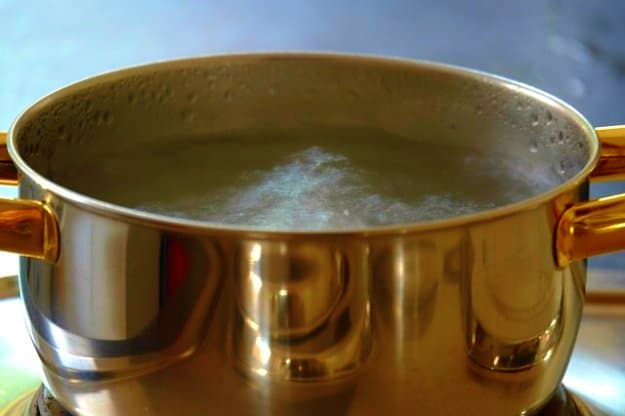
There's no need to add anything if you're using tap water or if it is already treated commercially. But if it's from a well or from a public place, you have to make sure it is safe to drink before storing it. You can use chlorine, iodine, and calcium hypochlorite. Check out the link for more info in making your water safe in a survival situation.
Aluminum foil can help catch food and water in a survival situation. 11 Uncommon Uses For Aluminum Foil https://t.co/SOYJ5bS32s
— Survival Life (@SurvivalLF) October 31, 2017
3. Store Your Water
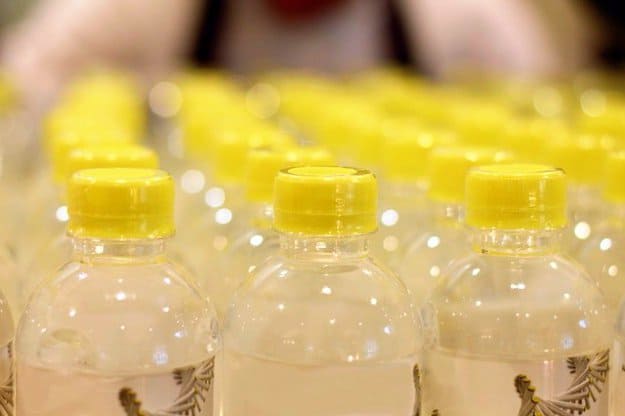
It is important to store your water in a cool, dry, and dark place where it won't be exposed to sunlight. UV rays have an effect on containers and chlorine as well. Where you keep your water is significant for emergency preparedness.
4. Water Replacement
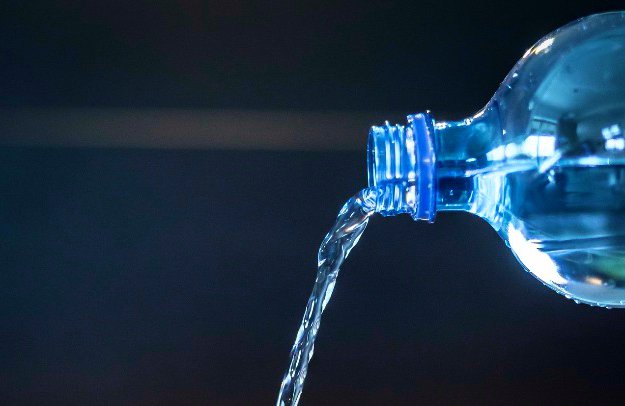
It is necessary to replace stored water after 6 months, especially homemade stored water. This is to avoid any contaminants that can build up inside the bottle over a long period of time. Some drinking water contaminants may be harmful if consumed at certain levels. With that said, it's best to replace water that is stored for a long period of time.
5. Look for Other Water Sources
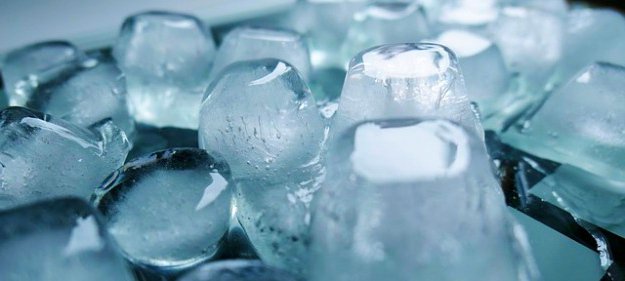
The survival water you're going to store is not only for drinking. There are other uses of water such as bathing and cleaning cookware and kitchen utensils. Of course, we also need to be mindful of our hygiene. Look for other sources of water like melted ice cubes, water from canned goods, and water from specific trees and plants. Learn more about other water sources here.
6. Water Barrels
Having a couple of 55-gallon barrels for water storage goes a long way. These barrels are made from food-grade plastic which is very tough and dependable. They're UV-resistant so the sun's UV rays won't have any negative effect on the stored water even if the barrels are placed under direct sunlight. Surely you have some unused corners in the house to place the barrels.
7. Capture Rainwater
Rainwater can be used for inexpensive long-term water reserve. You can hook up a diverter to a downspout from the roof and attach a tube going to a rain barrel. Install two of the 55-gallon barrels on each corner of your house. That's approximately 27 days worth of water for your family.
8. Sanitize Your Containers
It's imperative that you sanitize whatever container you use for storing water. Fill up the 55-gallon barrel with a gallon of water then add 5 tablespoons of unscented bleach. Roll the barrel on the ground to wash the entire inside surface with bleach water. Pour the bleach water out and you're ready to fill the barrel with clean water.
Watch this video from EmergencyFoodWarehouse.com for more info about emergency water storage :
Living without clean, potable water is absolutely devastating. We might find ourselves trapped in an irreversible death spiral if we fail to have access to drinkable water in times of crisis. Hydration and sanitation are two important factors we need to consider all the time. So as a prepper, we must ALWAYS have a solid emergency water storage plan in order to survive a catastrophic event. Follow the steps above and start storing water now!
Want to read the original article?
Read the whole article right here on OutdoorWarrior.com.
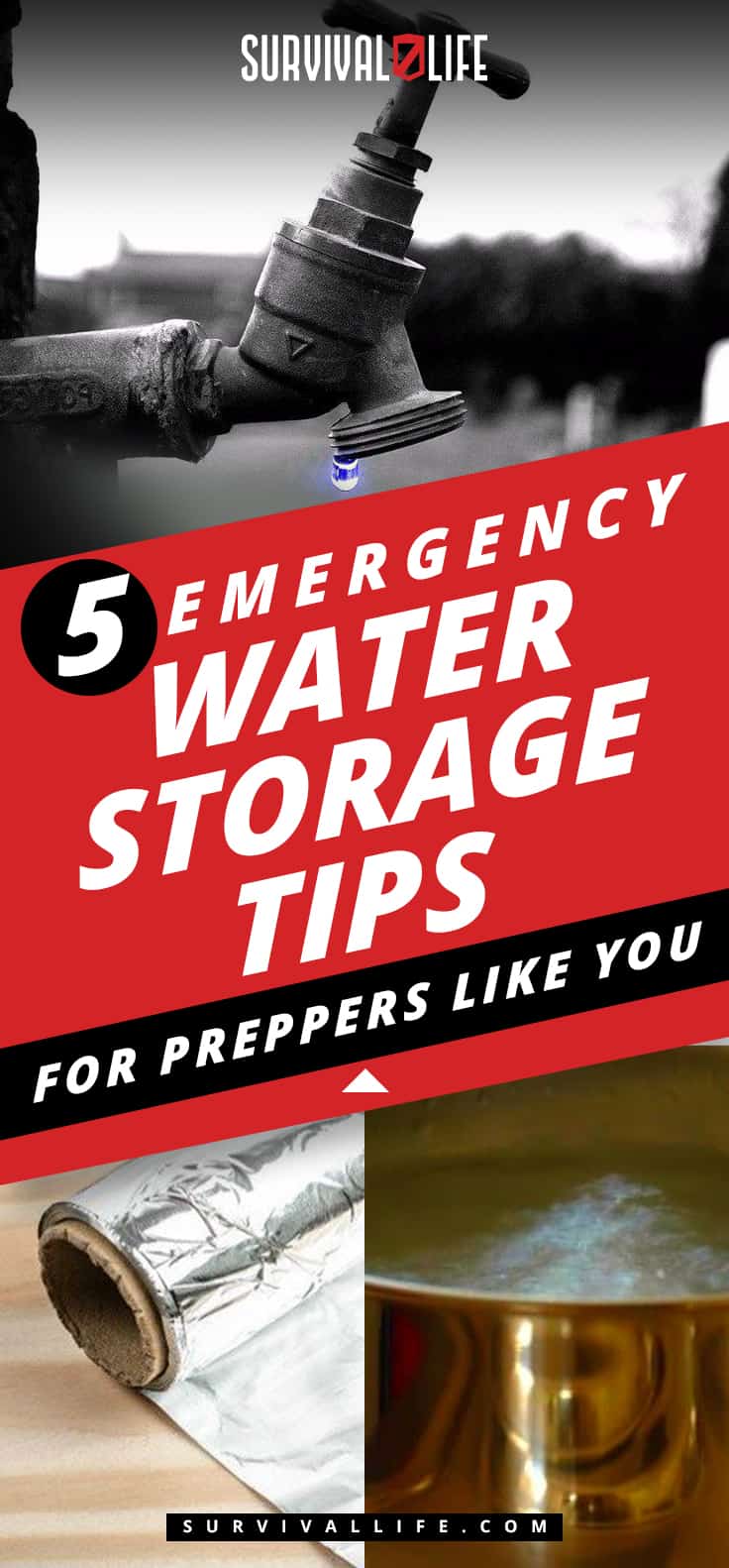
Do you know other emergency water storage tips? We would like to know about it. Share it with us in the comments below!
UP NEXT: 7 Helpful Tips from Seasoned Preppers
Follow us on Facebook, Instagram, Twitter, Tumblr, and Pinterest!
Editor’s Note – This post was originally published in November 2017 and has been updated for quality and relevancy.
**Disclaimer: All content on this site is for informational purposes only. Please read our full disclaimer here**
This Article Was First Found at survivallife.com Read The Original Article HereOriginally Published Here: 8 Emergency Water Storage Tips For Preppers Like You

No comments:
Post a Comment